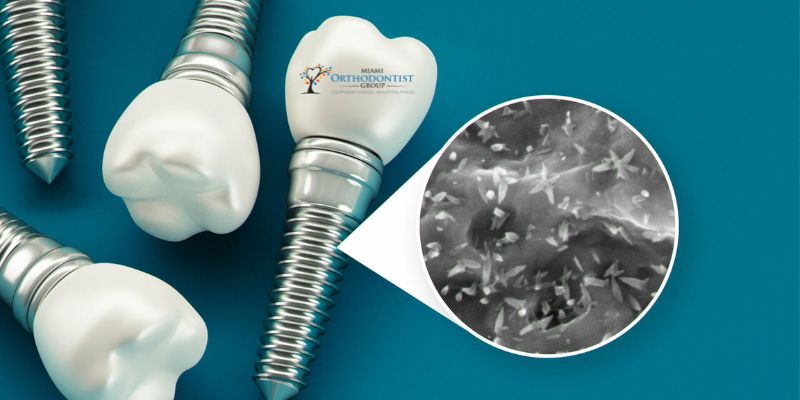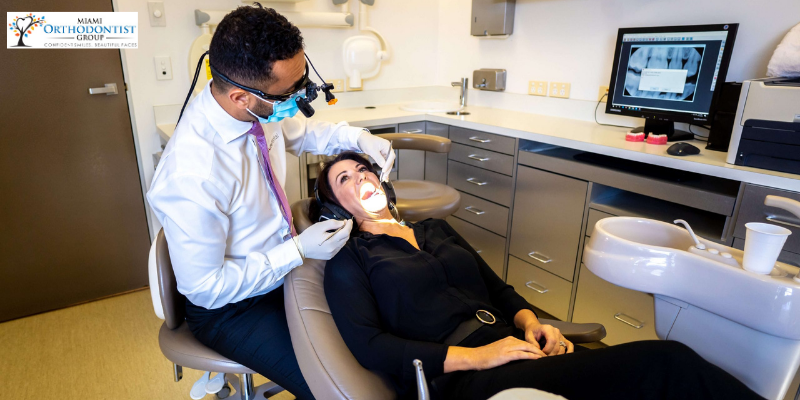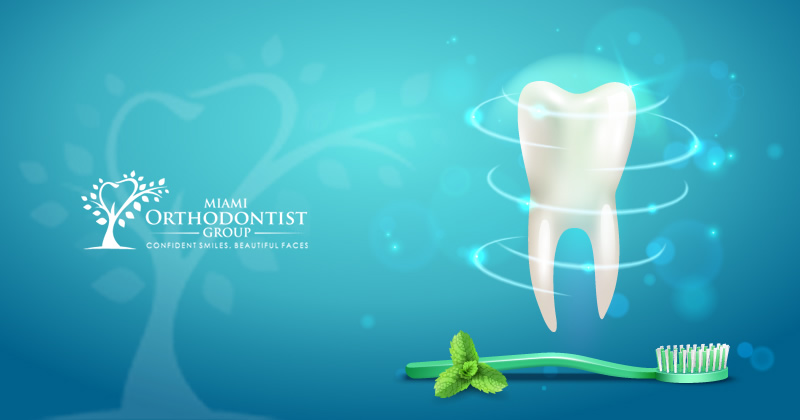In today's world, where aesthetics and convenience are paramount, Invisalign has emerged as a popular choice for orthodontic treatment. Unlike traditional braces, Invisalign offers a clear, nearly invisible alternative to straightening teeth, making it particularly appealing for adults and teens who are conscious of their appearance.
A beautiful smile not only enhances your appearance but also boosts your confidence. Dentofacial orthopedics can be a game-changer for you if you have dental and facial structure issues. Dentofacial orthopedics is a specialized field of dentistry that focuses on correcting and guiding the growth and development of the facial and jaw bones, ultimately transforming …
Continue reading "How Can Dentofacial Orthopedics Transform Your Smile?"
Orthodontic treatment is often the way to go when it comes to achieving a straight and beautiful smile. Traditional metal braces have been the go-to option for many years, but in recent times, clear braces have gained popularity as a more discreet alternative. Both clear braces and conventional braces have unique features and treatment processes. …
Continue reading "Clear Braces vs. Conventional Braces: Treatment Process and Features"
Millions of people worldwide suffer from the common sleep disease known as obstructive sleep apnea (OSA). It is caused by the obstruction or narrowing of the upper airway, which results in snoring and irregular breathing while you sleep. OSA can harm health, including a higher risk of diabetes, heart disease, and stroke. Orthognathic surgery, which …
Continue reading "How Can Orthognathic Surgery Treat Sleep Apnea?"
Nanotechnology is a field of science that studies particles at the nanometer scale. Nanoparticles are tiny, measuring less than 100 nm in size. Over the past few decades, researchers have made significant progress in developing nanotechnology and its application in various fields, including medicine and dentistry. Dentistry, like any other field of medicine, has significantly …
Continue reading "Nanotechnology: An Emerging Trend in Dentistry"
Getting older is not what many people love to discuss. However, it is important to know the changes that occur in the body as one gets older.
Understanding the benefit of dental check-ups is crucial. Otherwise, problems with your teeth could impact your overall health. Without proper treatment, a little tooth decay could turn into an even bigger problem.
3D Printing technology is relatively a new concept that is taking the world by storm. With the help of 3D printing technology, the developers are able to roll-out more versatile, high-quality devices with an aim to change the functioning of dental clinics.
Why is tongue considered an important player in maintaining oral health? Is it essential for oral health? Read this blog to know how tongue helps in keeping you safe from dental problems.
Why do people prefer cosmetic dentistry over others? What benefits a person can have if he visits a cosmetic dentist? We know you have many questions regarding this in your mind. So get some information about cosmetic dentist in detail.











